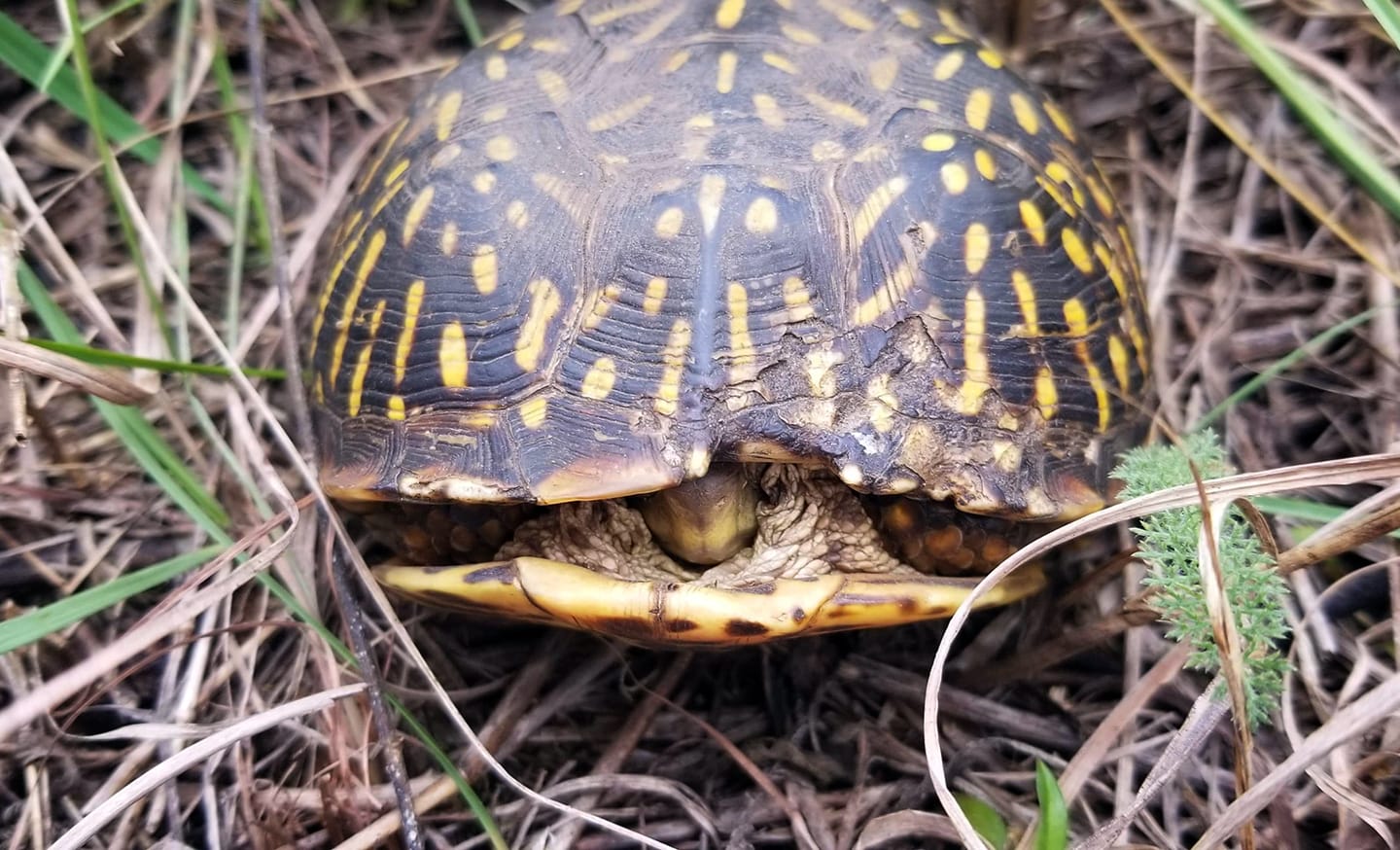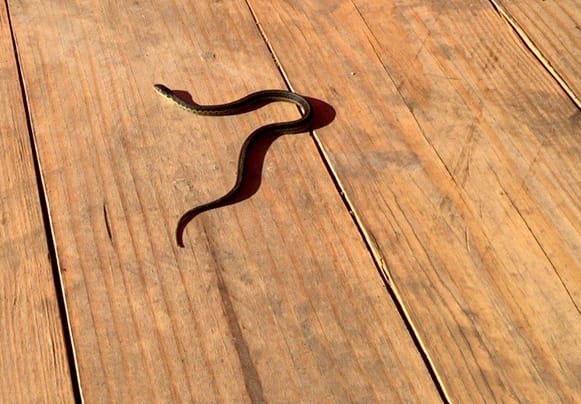Duration: 9 Months
ComEd serves 4 million electricity customers throughout Northern Illinois, including the entire Chicago metropolitan area. ComEd is part of Exelon, one of the largest utilities in the United States.
Challenge
A 138kV transmission line rebuild project passed through several remnant sand prairie habitats, wetlands, and prime farmland that contained a host of protected species. This project required minimal environmental disruption, careful planning, and flawless execution to ensure safe and efficient site access to the transmission towers.
Project Execution
During the pre-construction phase of the project, Sterling coordinated with Stantec, Sargent & Lundy Christopher Burke Engineering, and ComEd’s Overhead, Project Management, Real Estate, and Engineering teams to create a thorough access plan and scope of work. Sterling led the conversation with their expertise in planning and executing site access for projects with sensitive environmental areas. This allowed ComEd to obtain all appropriate permits and access agreements while eliminating any risk or downtime once the work was underway. Parts of this project went through native sand prairies, home to several protected plants and reptile species. Sterling worked closely with Stantec biologists to identify the appropriate access route with the least amount of impact. Stantec then conducted a survey to identify protected plants and animals in the environmentally sensitive areas of the ROW.
To prevent potential harm coming to the protected species, a three-part approach was used:
- Protected turtles had GPS transmitters adhered to their shell, allowing them to be located at the start of each day to ensure they were out of the dangerous work zone.
- A biological monitor inspected the area for all reptiles and relocated them before any matting or other site access products were placed on the ground.
- A woven monofilament geotextile fabric was used as a reptile exclusionary fence to create a barrier between the construction zone and habitat areas. To start the day, and then throughout the day during the nine month project, the team would perform sweeps to ensure the protected species did not slip past the fencing.
To minimize damage to the 15-acre Foley Sand Prairie and surrounding wetlands, Sterling used GIS data to create an access plan that minimized potential construction impacts while still creating safe site access. Sterling chose TerraLam CLT mats for this project because they minimize soil impact by spreading the point load evenly across the mat and limiting hydraulic pumping. Working within the environmental considerations, Sterling constructed air bridges, engineered bridges, and elevated platforms to create efficient and safe site access for the line contractors while minimizing construction disruptions to the farmers working their fields.
Results
Weekly reports from Stantec’s biological monitors indicate protected reptiles were moved outside of the construction zone more than 500 times during the duration of the project. Constant coordination between ComEd, Sterling, Stantec, and other contractors resulted in no environmental incidents. The use of TerraLam CLT mats resulted in minimal ground disturbance to the Sand Prairie and wetlands, minimized post-construction restoration costs, and positive experiences for the landowners along the route.





